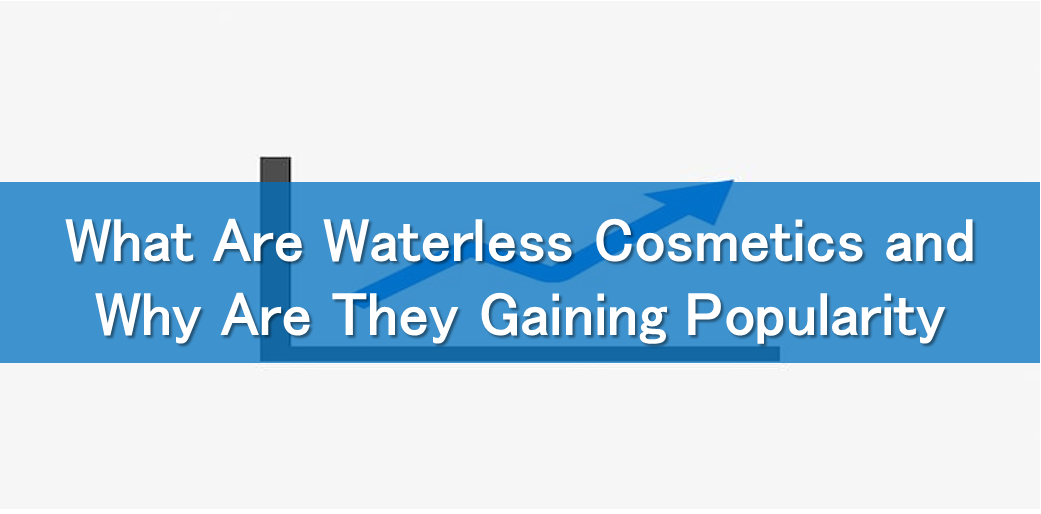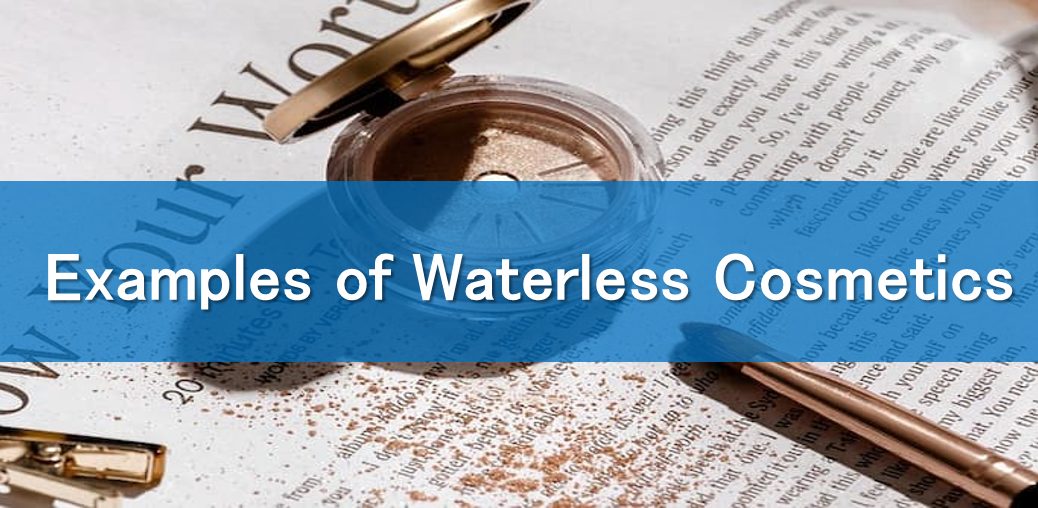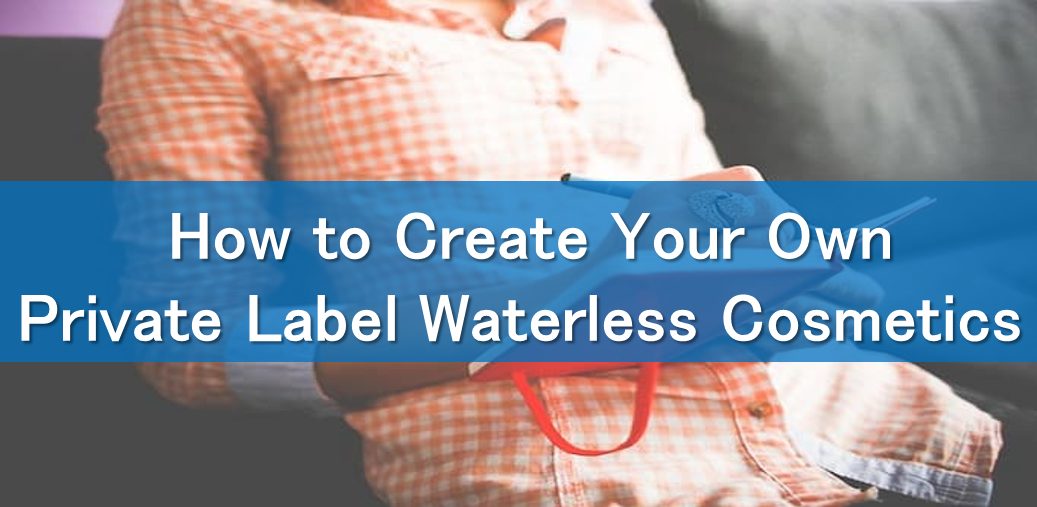
- HOME
- Cosmetic OEM Lab
What are Waterless Cosmetics
I would like to know more about the waterless cosmetics
Which items are the waterless cosmetics
In the competitive world of beauty, innovation and sustainability often go hand in hand. As consumers grow increasingly conscious about the ingredients in their products—and the environmental impact of their routines—waterless cosmetics have emerged as one of the most promising trends in the industry.
For private label beauty brands, this is an exciting opportunity. Waterless formulations not only appeal to eco-minded consumers, but they also offer improved efficacy, longer shelf life, and unique branding potential. If you’re looking to differentiate your private label product line in a crowded marketplace, waterless cosmetics may be the breakthrough your brand needs.
In this article, we’ll explore what waterless cosmetics are, why they’re gaining traction, and how to build a standout private label line around them.
Contents

As skincare and beauty evolve, so does consumer demand. Gone are the days when a pretty bottle and pleasant scent were enough—today’s buyers want performance, sustainability, and transparency.
Waterless cosmetics refer to beauty and personal care products that are formulated without water as a base ingredient. Traditionally, most cosmetics—from cleansers to lotions—contain 60–90% water. In contrast, waterless formulas rely on botanical extracts, oils, waxes, and powders to deliver active ingredients in a more concentrated form.
This format allows for solid, oil-based, or powder products that are typically more compact, travel-friendly, and sustainable.
Water is used in traditional formulations for several key reasons:
However, while water makes formulation easier and cheaper, it also introduces challenges such as the need for preservatives, potential bacterial growth, and less potency in the formula.
The movement toward waterless cosmetics has been fuelled by several powerful trends:
| Environmental awareness |
|
| Sustainability |
|
| Performance-driven consumers |
|
| Minimalist beauty |
|
In short, waterless cosmetics check all the boxes for today’s conscious, results-focused beauty buyer.
Adopting a waterless approach offers distinct advantages for both consumers and private label brands:
These benefits translate into stronger brand positioning, higher perceived value, and better customer retention.

Waterless beauty spans every corner of the industry—from skincare and haircare to makeup. Let’s take a closer look at some of the most popular product types you can consider for your private label line.
Solid shampoo and conditioner bars are perhaps the most recognizable waterless beauty products. These bars cleanse and hydrate hair without any plastic bottles or added water.
Benefits include:
• Compact size
• Lower environmental impact
• Long-lasting use
• Great for oily, dry, or sensitive scalps (with the right formulation)
These bars are a favourite among eco-conscious consumers and zero-waste lifestyle advocates, making them a perfect product to include in a sustainable private label range.
From stick foundations to cream blushes, solid makeup is making a comeback in clean beauty circles. These waterless options use waxes, butters, and pigments to create blend-able, buildable colour—without compromising performance.
Advantages:
• Easy application
• Longer shelf life
• Travel-friendly formats
• Customizable colours and finishes
Makeup in stick or balm form can also appeal to the on-the-go millennial and Gen Z market, where convenience is king.
Facial oils, cleansing balms, and serum sticks are examples of oil-based skincare products that do not require water to function.
These waterless formats are packed with:
• Plant-based oils (e.g., jojoba, argan, rosehip)
• Butters (e.g., shea, mango, cocoa)
• Essential oils or botanical extracts
Not only are they nourishing and gentle on sensitive skin, but they also position your brand as luxurious and results-oriented—perfect for premium private label beauty lines.

Now that you understand the benefits and product options, let’s explore how to build your waterless cosmetics brand from the ground up.
Start by asking:
This foundational work ensures that your marketing message and product development are aligned and focused.
Cosmetics, even when waterless, are still subject to regulation.
Ensure that your products meet:
You may also need certifications if you want to claim terms like “organic,” “vegan,” or “cruelty-free.”
To bring your vision to life, work with an OEM (Original Equipment Manufacturer) that specializes in waterless or clean beauty formulations.
Look for partners that offer:
A good OEM will also help with compliance documentation, batch testing, and formulation adjustments.
Packaging for waterless cosmetics should reinforce your sustainability story:
Packaging design is also your first impression—invest in branding that communicates your mission and style clearly.
Once your formulation, compliance, and packaging are in place, you’re ready to go into production.
Steps include:
From here, your product is ready for distribution, e-commerce launch, or retail placement.

As beauty continues to evolve, waterless cosmetics represent a powerful intersection of innovation, sustainability, and performance. Whether it’s solid shampoos, balm-based cleansers, or stick makeup, these products not only align with modern consumer values—they also give your private label brand a competitive edge.
By embracing waterless beauty, you’re offering something more than just skincare or makeup—you’re offering a conscious choice, a performance-driven formula, and a compelling brand story.
So, if you’re ready to create a standout product line that speaks to the future of beauty, it might be time to go waterless.
For further information, please contact us.